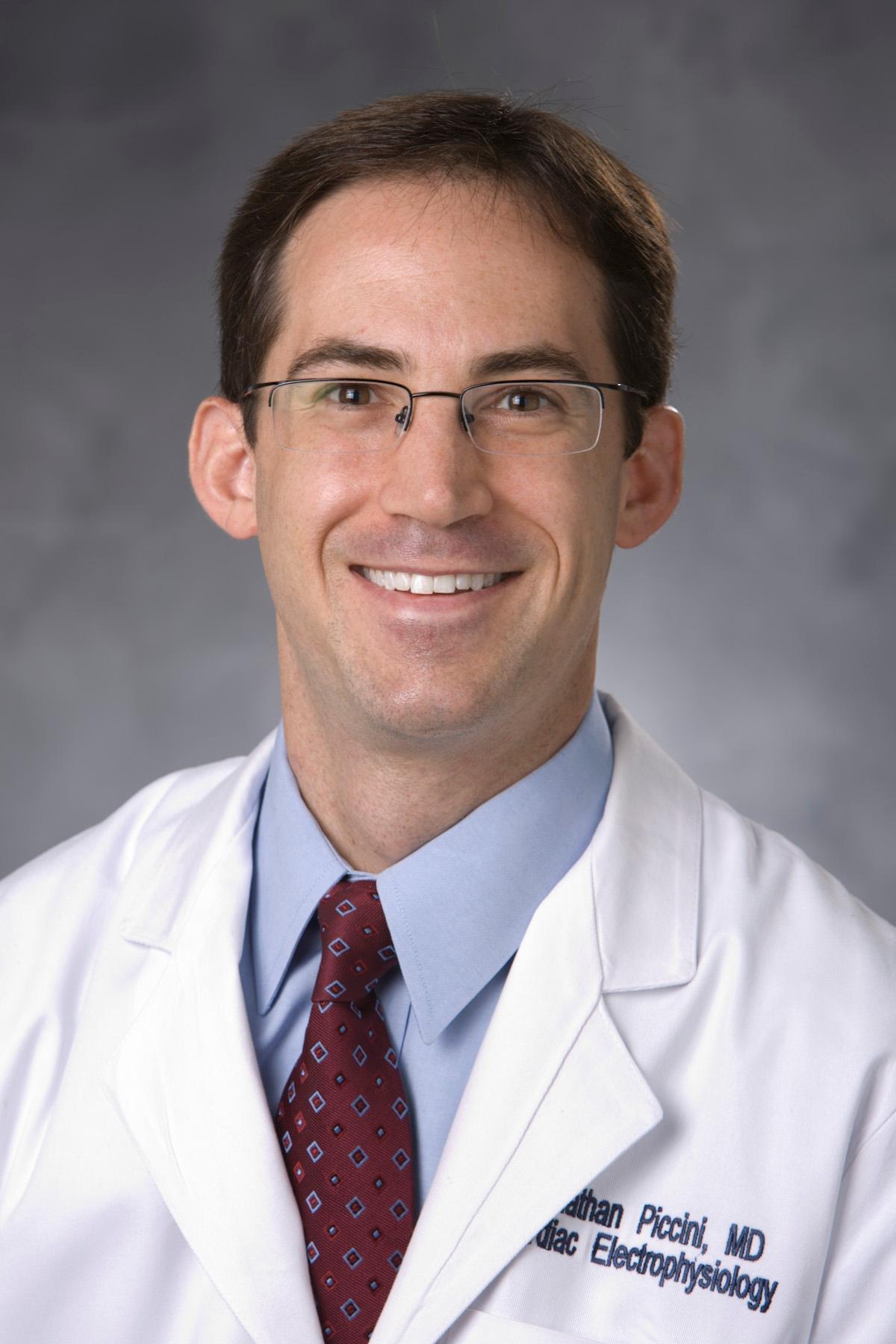Key Points:
-In a Phase II, dose-ranging trial of epicardial fat pad injection of botulinum toxin type A (AGN-151607) there was no significant differences in the rates of post-operative atrial fibrillation (POAF).
-Subgroup analyses suggest a lower rate of POAF and rehospitalization in patients >65 years of age who received the 125 U dose of AGN-151607, and those undergoing isolated CABG.
-The mechanism of POAF within the first 30 days may be related to both direct autonomic influences and decreased inflammation.
Post-operative atrial fibrillation (POAF) occurs in about 30-60% of patients undergoing coronary bypass grafting and/or valve surgery. This is usually a transient phenomenon with a usual onset within the first 5 days post-op. The occurrence of POAF is associated with longer in-hospital stay, and increased morbidity and mortality. Prior animal and human studies (including two clinical studies of cardiac surgery patients) have shown that temporary autonomic blockade with botulinum toxin injection into the epicardial fat pads suppressed AF inducibility and prevented recurrences of atrial tachyarrhythmias in the post-operative period in patients with a history of prior paroxysmal atrial fibrillation. In a late-breaking presentation at the 2022 AHA Scientific Sessions today, Dr. Jonathan Piccini (Duke Clinical Research Institute, Durham, NC) and his team presented their study: “Efficacy and Safety of Botulinum Toxin Type A for the Prevention of Postoperative Atrial Fibrillation in Cardiac Surgery Patients: Results from the Phase 2 Nova Study”.
The Phase 2 Nova study (NCT 03779841) was a multi-center, randomized, double-blind, placebo-controlled dose-ranging clinical trial conducted across over 30 hospitals in the United States to evaluate the efficacy and safety of botulinum toxin type A (AGN-151607) injections into each of the five (5) epicardial fat pads, foci of ganglionic plexi, to prevent Post-Operative Atrial Fibrillation (POAF) in patients undergoing open-chest cardiac surgery. The inclusion criteria comprised adults ages 55-90 years who were scheduled to undergo open-chest cardiac surgery (including coronary artery bypass graft (CABG) and/or valve repair/replacement). Patients had to be in normal sinus rhythm for the 48 hours prior to randomization (based on standard-of care assessment methods). A total of 323 patients were randomized in a 1:1:1 fashion to one-time injections of AGN-151607 125 U (25 U / fat pad) and 250 U (50 U / fat pad) or sham placebo during cardiac surgery. The mean age was 67 years, and 17% of patients were female. A total of 64% of the patients underwent isolated CABG, 12% a combination of CABG and valve surgery, and 24% isolated valve surgery.
The primary efficacy outcome was the percentage of patients with continuous AF ≥30 seconds, which was not statistically different between the groups. On pre-specified subgroup analysis of patients undergoing isolated CABG surgery neither dose of botulinum toxin type A led to statistically significant reductions in POAF. However, there were trends to reductions in the group treated with 125U compared to placebo in the isolated CABG group and statistically significant reductions in POAF in patients >65 years (RRR ~36%). The exploratory endpoint of mean length of hospital stay was not significantly different between the groups. Rehospitalization within the 30 days after discharge was numerically lower in those treated with botulinum toxin type A. Biomarker analysis in the CABG subgroup showed reduction of IL-6 at post-operative Day 2 in those treated with botulinum toxin compared to placebo, also there were reductions in hs-CRP at post-operative Days 2-4.
There were no differences in safety events in those treated with botulinum toxin type A and those treated with placebo.
When discussing the clinical implications of the study at AHA, Dr. Piccini stated that: “subgroup analyses do suggest a lower rate of POAF and rehospitalization in participants who underwent isolated bypass surgery and those >65 years who received 125 U of botulinum toxin type A.”
References
Piccini, J. P., et al. (2022). “Design and Rationale of a Phase 2 Study of NeurOtoxin (Botulinum Toxin Type A) for the PreVention of Post-Operative Atrial Fibrillation – The NOVA Study.” American Heart Journal 245: 51-59.
Romanov, A., et al. (2019). “Long-term suppression of atrial fibrillation by botulinum toxin injection into epicardial fat pads in patients undergoing cardiac surgery: Three-year follow-up of a randomized study.” Heart Rhythm 16(2): 172-177.
Pokushalov, E., et al. (2014). “Botulinum Toxin Injection in Epicardial Fat Pads Can Prevent Recurrences of Atrial Fibrillation After Cardiac Surgery: Results of a Randomized Pilot Study.” Journal of the American College of Cardiology 64(6): 628-629.




